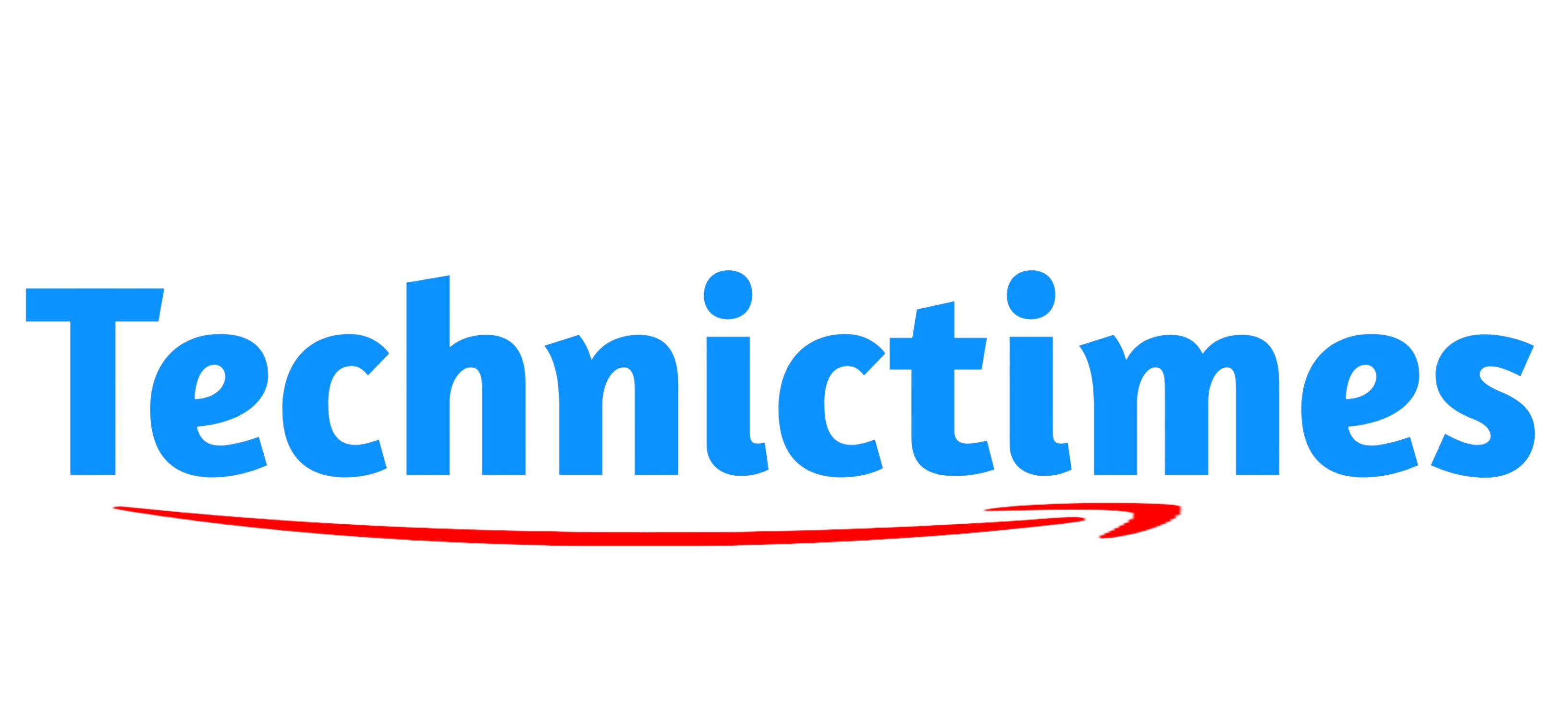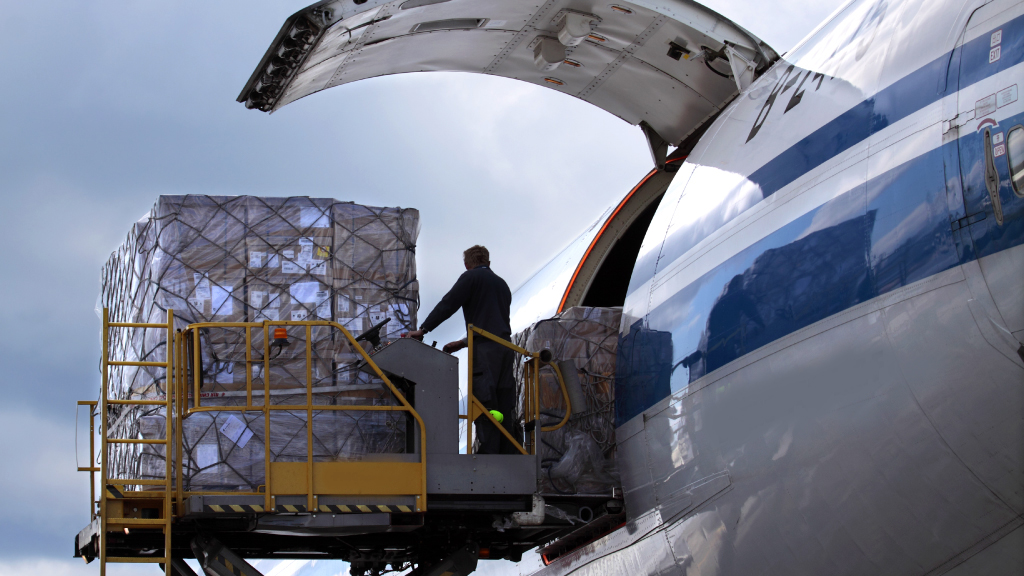In today’s globalized world, air travel plays a vital role in connecting people and businesses across continents. As the demand for air transportation continues to rise, airlines often face the challenge of acquiring and managing aircraft to meet this demand Elite Aviations. This is where aircraft leasing and trading come into the picture, offering flexible solutions to the aviation industry. Let’s take a closer look at these practices and how they shape the skies we traverse.
Aircraft leasing is a process in which airlines or other aviation operators rent aircraft from leasing companies instead of purchasing them outright. Leasing provides several advantages for airlines, including cost savings, operational flexibility, and access to a diverse fleet of aircraft. There are two primary types of leasing arrangements: dry leasing and wet leasing.
Dry leasing involves the leasing of an aircraft without any crew, maintenance, or support services. In this arrangement, the lessee takes responsibility for all operational aspects, including crewing, maintenance, insurance, and other related expenses. Dry leasing offers airlines greater control over their operations and the flexibility to customize the aircraft to their specific requirements.
On the other hand, wet leasing, also known as, provides a comprehensive package that includes not only the aircraft but also crew, maintenance, and insurance. This type of leasing is particularly useful for airlines seeking temporary capacity during peak seasons or to cover aircraft maintenance or fleet expansion Air Cargo Charters Services. Wet leasing allows airlines to quickly scale up or down their operations without the long-term commitment of owning an aircraft.
Aircraft trading, on the other hand, involves the buying and selling of aircraft between airlines, leasing companies, and other aviation stakeholders. When airlines decide to retire or replace their existing aircraft, they often engage in trading to facilitate the transition. Aircraft trading can be conducted through direct sales or through specialized intermediaries such as aircraft brokers or trading platforms.
The aircraft trading market is dynamic, with a constant flow of transactions involving both brand-new and used aircraft. Factors such as aircraft age, condition, maintenance history, and market demand influence the value of an aircraft. Trading offers airlines the opportunity to optimize their fleet by acquiring newer, more fuel-efficient aircraft or adjusting their capacity according to market demands.
One notable development in recent years is the rise of aircraft lessors as major players in the aviation industry. These leasing companies acquire aircraft directly from manufacturers and lease them to airlines worldwide. By owning and managing large fleets of aircraft, lessors provide airlines with the flexibility to expand or shrink their operations as needed Private & Vip Jet Charter. The COVID-19 pandemic has had a significant impact on the aircraft leasing and trading market. With a sharp decline in air travel demand, many airlines faced financial challenges, leading to a surplus of aircraft. As a result, lease rates decreased, and airlines sought to return leased aircraft to lessors or negotiate lease restructuring.
However, as air travel demand begins to recover, the aircraft leasing and trading market is expected to rebound. As airlines resume operations and plan for future growth, they will likely turn to leasing and trading as a means to optimize their fleet and conserve capital. Aircraft leasing and trading play a crucial role in the aviation industry by providing flexible solutions for airlines. Whether through leasing or trading, airlines can access a diverse fleet of aircraft, optimize their operations, and respond to market demands. As air travel continues to evolve, the skies will be navigated through the collaborative efforts of airlines, lessors, and traders, ensuring the seamless connectivity of our world.

